Polydactyl cats, known for their unique physical trait of having extra toes, have piqued the interest of cat enthusiasts around the world. This defining feature, once believed to be a sign of good luck by sailors, contributes to both the allure and the valuation of these felines. While some people may assume that such a distinctive characteristic inflates the cat’s worth, pricing for polydactyl cats is influenced by a variety of factors, including breed, pedigree, and whether the cat is being offered by a breeder or through rescue channels.
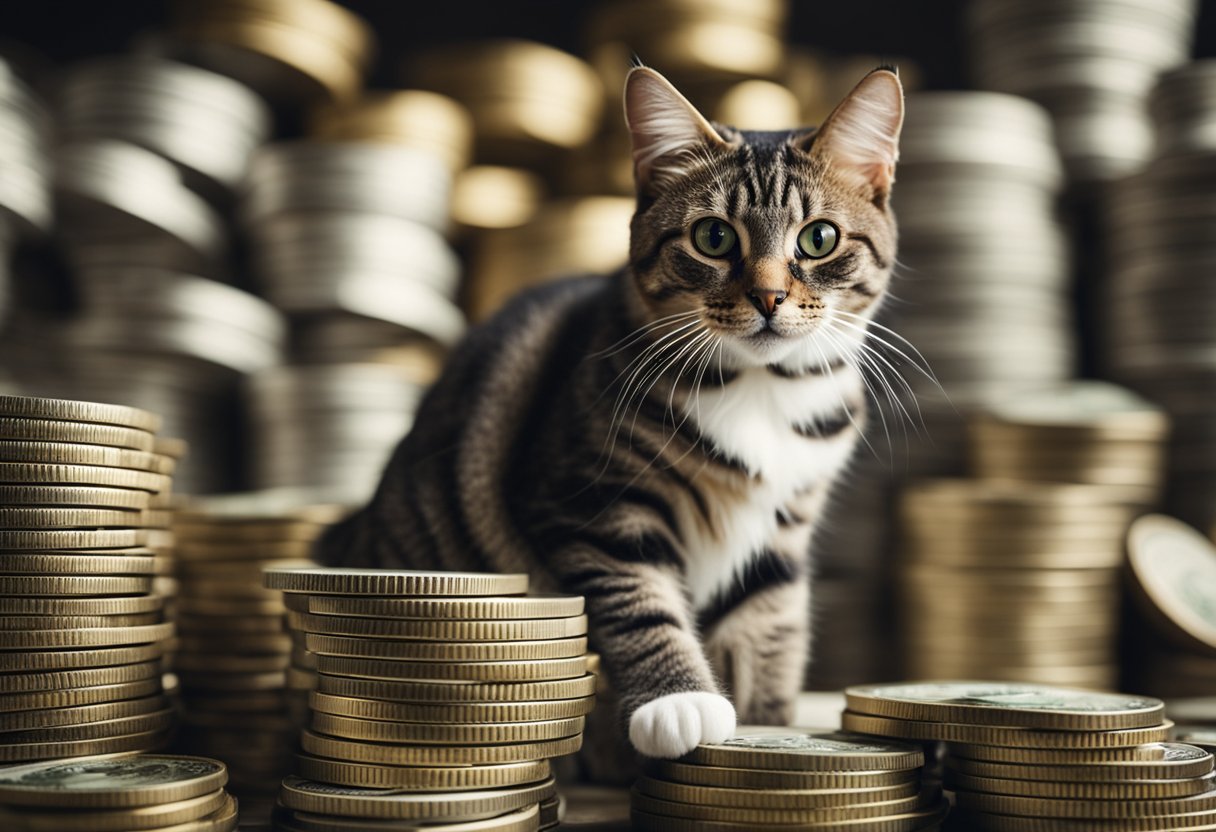
Determining the worth of a polydactyl cat is not a straightforward process. Although some breeds like the Maine Coon may fetch higher prices due to their popularity and pedigree, a polydactyl trait does not automatically translate to a higher price tag. The actual value lies in the broader context of the cat’s overall health, care, and temperament. Moreover, with a growing awareness of ethical considerations, the well-being of the cat and responsible breeding practices are becoming just as important as the rarity of the trait.
Key Takeaways
- Polydactyl cats are valued not merely for their extra toes, but for their breed, health, and temperament.
- The pricing of polydactyl cats varies, influenced by factors beyond the novelty of their physical trait.
- Ethical considerations are increasingly important in the valuation and breeding of polydactyl cats.
Understanding Polydactyl Cats
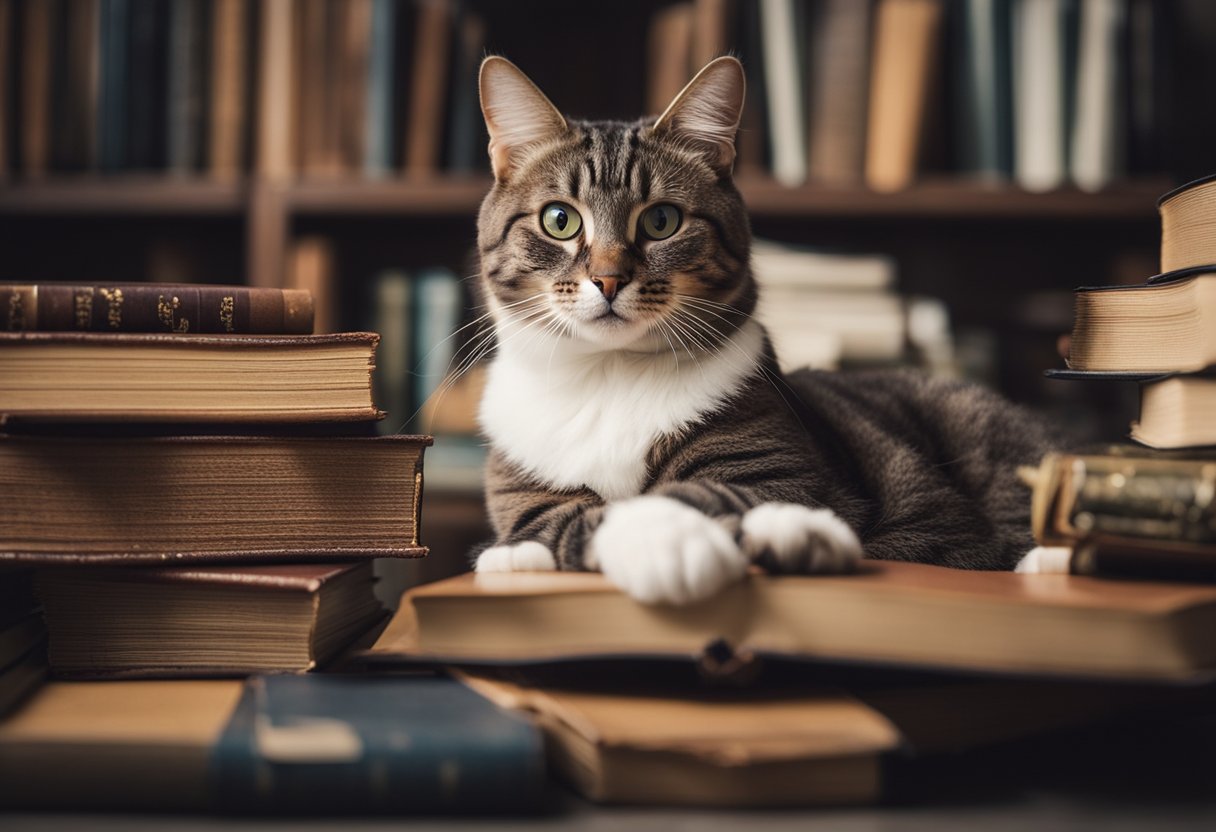
Polydactyl cats are a unique subset of felines exhibiting a fascinating genetic abnormality that results in extra toes. This condition not only differentiates their appearance but also has historical significance and varies across breeds.
Genetic Basis of Polydactyly
Polydactyly in cats is due to a dominant gene that causes the genetic condition of having additional toes. It’s an autosomal dominant trait, which means the trait can be inherited even if only one parent carries the gene. This genetic mutation results in polydactyl cats typically having more than the standard eighteen toes.
Physical Characteristics of Polydactyl Cats
These cats typically have extra digits on their front paws, and occasionally the hind paws, giving them a distinctive unique appearance. Some may have one or two extra toes, while others can have several, with some felines sporting up to seven or eight toes per paw. The nickname “mitten cats” comes from their wider paws which resemble mittens due to the extra paw pads.
Historical Significance and Popularity
Ernest Hemingway was known for his love of these animals, leading them to also be dubbed Hemingway cats. Historically, polydactyl cats were considered lucky by sailors, who believed these cats could catch mice more effectively on ships. As a result, they were often kept as luck charms on voyages, especially in England, Wales, and parts of Canada.
Breed Variations and Polydactylism
While polydactyly can occur in any cat, certain breeds like the Maine Coon have a higher incidence of the trait. In fact, early standards for the breed included the trait as a distinguishing characteristic. The American Polydactyl is another breed with polydactyly featuring prominently due to selective breeding to retain the trait.
World Records and Notable Instances
The unique attributes of polydactyl cats have led to some holding Guinness World Records for the number of extra toes. Records include a cat with 19 toes and a ginger tabby named Jake, who is recognized by the Guinness World Records as having the most toes on a cat, with a total of 28 toes.
Polydactyl cats are a captivating example of how a genetic mutation can lead to a distinct and cherished feature in domestic animals. Each polydactyl cat carries a legacy as a beloved pet, a historical icon, and a curiosity of genetic inheritance.
Assessing the Value of Polydactyl Cats
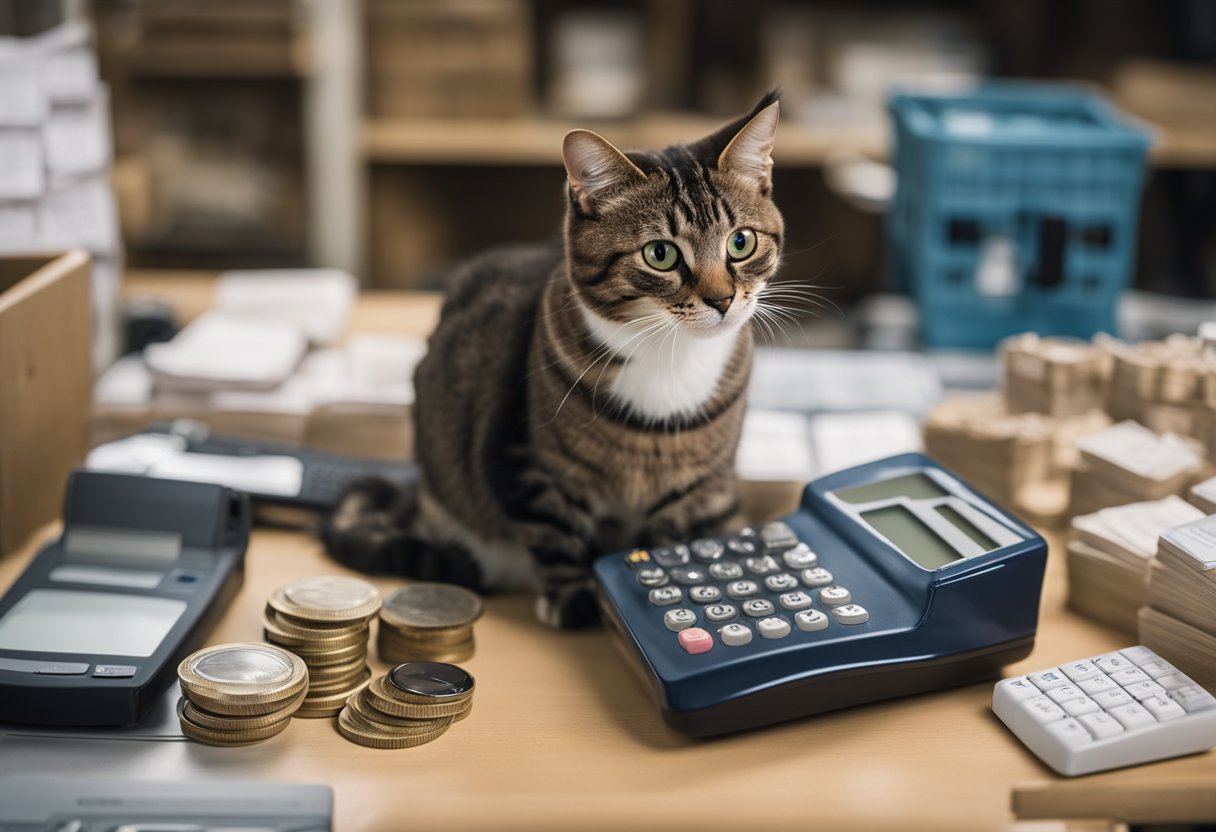
When assessing the value of polydactyl cats, one must consider a variety of factors, ranging from breed-specific elements to the cat’s overall health and origin. The forthcoming subsections aim to enumerate the primary variables that contribute to the pricing of these unique pets.
Factors Influencing Polydactyl Cat Prices
Several criteria affect the price of a polydactyl cat. Age, coat color, lineage, and pedigree substantially contribute to their worth. Breeders may set higher prices for kittens with rare coat colors or those descending from award-winning lines. The cat’s health and the care it has received are equally important, as they can influence potential future medical costs.
Benefits and Challenges of Owning a Polydactyl Cat
Owning a polydactyl cat comes with its unique set of advantages and challenges. These cats may display better balance and unique personality traits, but they might also face health issues specific to their genetic mutation. Prospective owners should prepare for any necessary adaptability in their homes and environment to accommodate the cat’s needs.
The Cost Range of Polydactyl Cats
The price range for a polydactyl cat can vary broadly. Adult cats can cost between $300 to $800, depending on the breeder and lineage. On the higher end, polydactyl kittens, particularly from a purebred line, can fetch prices up to $1,300.
Comparing Polydactyl Cats to Regular Cats
Polydactyl cats may not inherently be worth more than regular cats without the polydactyl trait unless they possess desirable attributes such as being purebred or having a unique appearance. The prevalence of the polydactyl gene in various breeds does not necessarily correlate with increased value unless paired with other sought-after characteristics.
Finding a Polydactyl Cat for Adoption or Purchase
To find a polydactyl cat, adoptions from shelters or purchases from reputable breeders are potential avenues. They can often be found at prices from $200 to $500, depending on whether one is looking at a cattery, breeder, or adoption center.
The Rarity and Demand for Specific Traits
The rarity and demand for specific traits in polydactyl cats can influence their value. Physical attributes like extra toes, coat patterns, and size, as well as hunting abilities and personality traits, make each polydactyl cat uniquely appealing, potentially driving up their cost if they are particularly sought after.
Health and Care Considerations
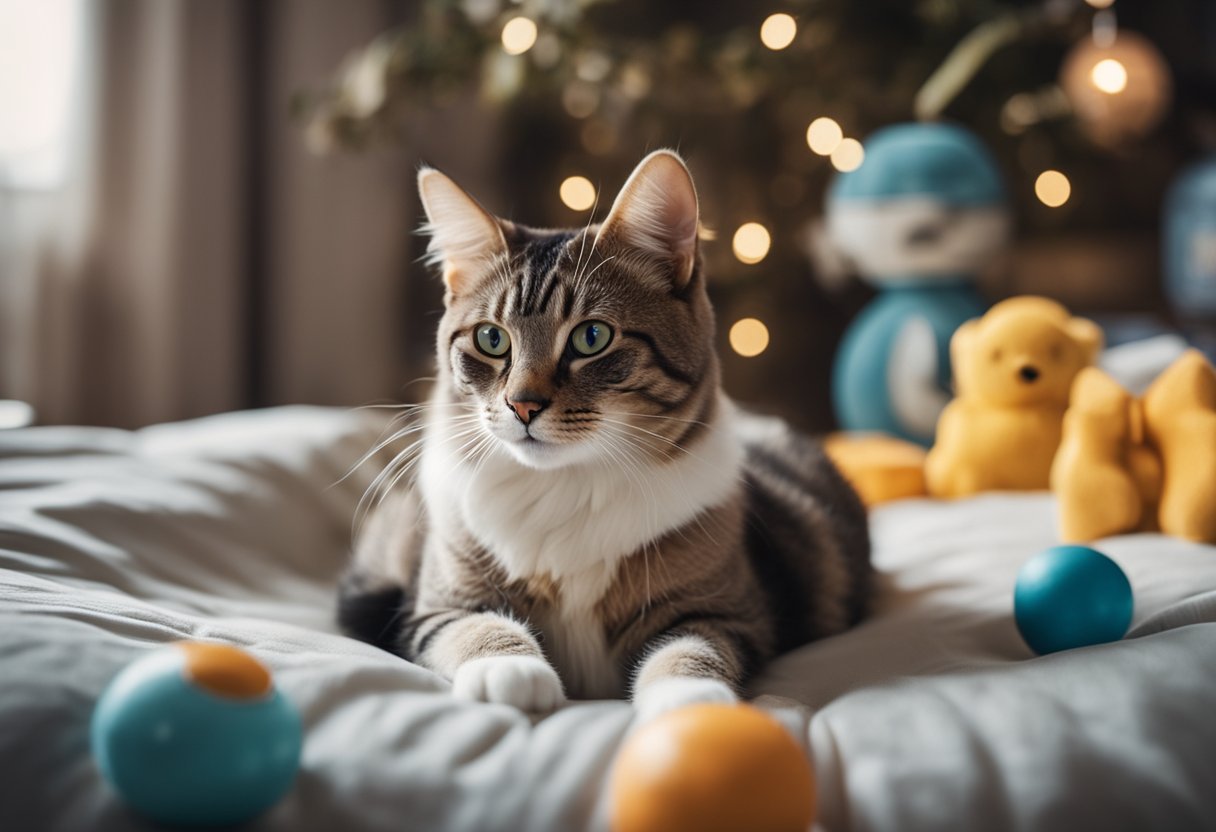
When it comes to polydactyl cats, their unique trait—multiple toes—requires special attention in their health and care regimen. Here are focused aspects to ensure these special felines enjoy a healthy life.
Common Health Concerns for Polydactyl Cats
Polydactyl cats are known for their extra toes, a trait resulting from a genetic abnormality. Although often harmless, this characteristic can sometimes lead to health issues. For instance, feline radial hypoplasia, which can mimic polydactyly, may cause limb deformities. Careful inspection of a polydactyl cat’s limbs and paws is important to differentiate between the two and address any associated health concerns. Additionally, those extra digits mean nail trimming becomes particularly crucial to prevent overgrowth and potential infections related to the dewclaw, or extra nail on the inside of the paw.
Nurturing a Healthy Polydactyl Cat
Creating a healthy environment for a polydactyl cat includes providing a proper diet, routine nail trims, and ample space for exercise. The nutrition should be balanced to support their health and life expectancy. Given their potential for additional toe pads and nails, owners should ensure regular nail trims to maintain paw health. It’s also key to provide plenty of environmental enrichment to enable them to lead active, engaged lives, complementing their care routine.
The Importance of Regular Veterinary Check-Ups
Regular check-ups are essential for maintaining the health of polydactyl cats. Veterinarians can monitor for common health conditions connected with their extra toes, such as nail and paw issues, and provide guidance for home care. Early detection of health issues through these check-ups can lead to timely interventions, potentially extending the life span of these unique cats. It’s also a great opportunity for cat owners to learn more about the health implications of their pet’s polydactyly and to receive tailored advice for their care.
Behavioral Traits and Temperament
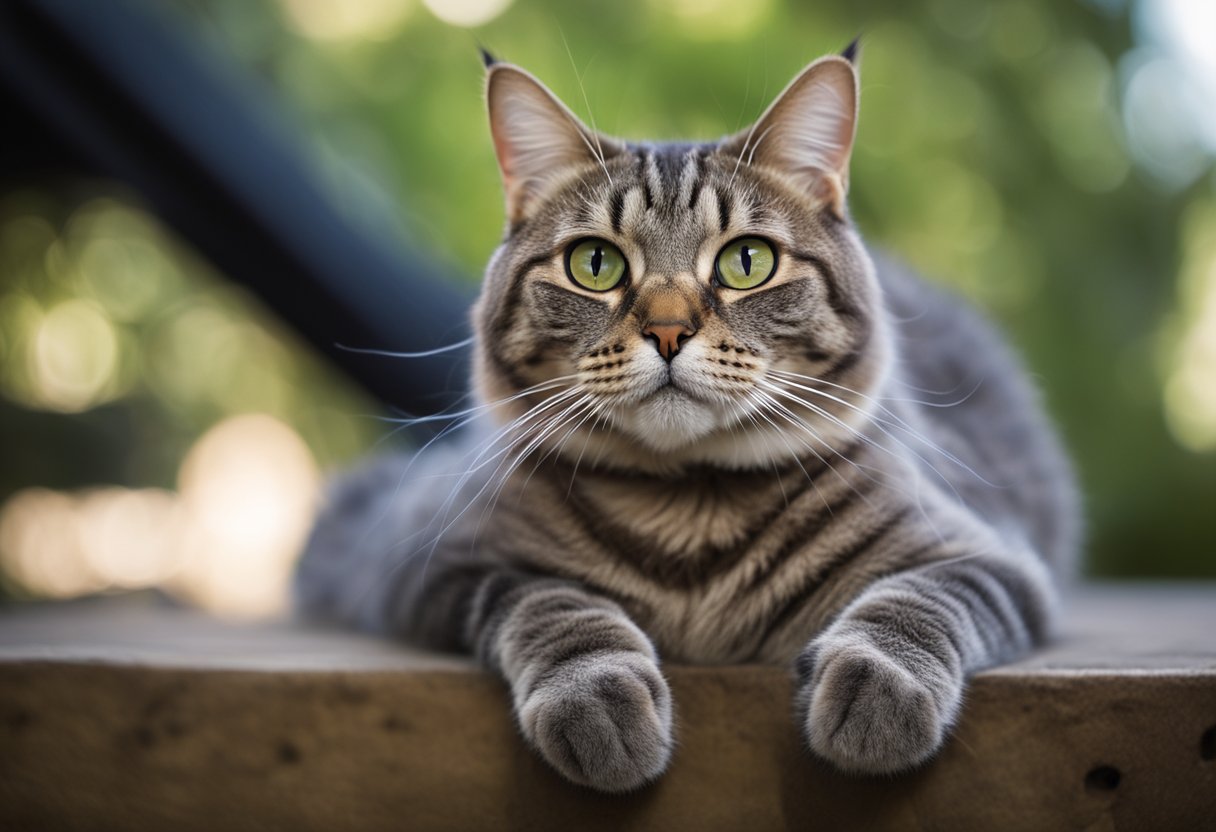
Polydactyl cats, often celebrated as luck charms, are distinctive not only for their extra toes but also for their engaging personalities and adaptability. Understanding their behavioral traits and temperament can provide insight into how they might integrate into a household.
Personality Traits of Polydactyl Cats
Polydactyl cats typically exhibit a curious and playful nature. Their personality traits often make them endearing companions, displaying a level of sociability and affection that is well appreciated by their human counterparts. They may exhibit a notable enthusiasm for exploration, likely a nod to their supposed history as efficient hunters aboard ships.
Adaptability and Training of Polydactyl Cats
These cats have a reputation for being highly adaptable. Owners note that polydactyl cats often adjust quickly to new environments and changes within the home. Their intelligence can extend to their training, showing an ability to learn tricks and follow commands with patience and consistency from their owners.
Interaction With Humans and Other Pets
With their amiable personalities, polydactyl cats generally interact well with humans and can be great additions to families. They typically maintain a good balance of independence and companionship. Their amicable disposition often extends to other pets, but as with all cats, introductions should be gradual and monitored for a smooth transition.
Polydactyl Cats in Culture and Media
Polydactyl cats, often referred to as Hemingway cats due to their association with the famous author, have long held a charming place in culture and media, fascinating the public with their unique physical traits and storied history.
Famous Polydactyl Cats and Their Owners
Ernest Hemingway is perhaps the most renowned polydactyl cat owner, having been gifted a white six-toed cat by a ship’s captain. This cat’s progeny still roam the grounds of the Ernest Hemingway Home and Museum in Key West, Florida, drawing visitors from around the world. These cats have served not only as pets but also as living symbols of Hemingway’s legacy.
Literature and Art Depicting Polydactyl Cats
In literature and art, polydactyl cats have been featured as enigmatic figures, sometimes representing mystery and otherworldliness. Their distinctive feature, the extra toes, has been creatively portrayed in various forms, accentuating their unique place in feline history.
The Influence of Polydactyl Cats in Superstitions
Long associated with sailors, polydactyl cats were considered good luck charms on voyages due to their superior climbing skills and purported extra “grip” on the slippery decks. They were viewed as a symbol of luck and navigational aids by seafarers traversing treacherous waters.
Polydactyl Cats in Social Media and Publicity
With their unusual looks and quirky toe beans, polydactyl cats have garnered considerable attention on social media platforms. These felines capture the public’s admiration, often serving as adorable and fascinating subjects for viral content and increasing public awareness about the breed.
Legality and Ethical Considerations
When considering polydactyl cats, potential owners and breeders must navigate various legal frameworks and ethical concerns. The primary focus lies on responsible breeding practices and adherence to legislation that may impact ownership.
Breeding Ethics and Genetic Responsibility
Breeders of polydactyl cats hold a genetic stewardship to ensure the welfare of these animals. It is recognized that the polydactyl trait, a genetic condition causing extra toes, should be perpetuated with caution. Ethical considerations demand that breeders prioritize the health and vitality of these cats over aesthetic or novelty factors. This includes conducting health screenings and avoiding the mating of closely related individuals to prevent potential health issues.
Legislation Impacting Polydactyl Cat Ownership
The legal landscape for owning and breeding polydactyl cats can vary widely. Some regulatory bodies have specific laws governing the breeding and selling of cats with genetic mutations. Potential owners should verify that there are no local restrictions against owning such cats and that breeders are operating within legal and ethical boundaries. Transparent and lawful procedures contribute to sustainable breeding practices and the long-term welfare of polydactyl cats.
Caring for Polydactyl Cats: Practical Tips
When adopting a polydactyl cat, one should focus not only on the uniqueness of their many toes but also on maintaining their health and well-being through proper grooming and nutrition.
General Maintenance and Grooming
Proper care for a polydactyl cat involves regular grooming to keep its coat shiny and healthy. Due to the extra toes, special attention should be given to nail trimming to prevent overgrowth and potential nail-bed infections. Depending on the coat color and length, brushing frequency may vary; however, a routine consisting of bi-weekly brushings is recommended to reduce shedding and hairball formation.
- Short-haired Cats: Brush once or twice a week.
- Long-haired Cats: Brush several times per week, possibly daily during shedding season.
Feeding and Nutrition Guidelines
The feeding and nutrition of a polydactyl cat are paramount to its overall health. Diet should be tailored to the cat’s specific needs, life stage, and level of activity. Polydactyl cats do not require a different diet from other cats, but ensuring they receive a balanced diet rich in essential nutrients is key for a healthy lifestyle.
- Kittens: Feed high-quality kitten formulated food, rich in proteins and fats, to support growth.
- Adult Cats: Maintain a balanced diet with a mix of dry and wet food to support normal activity levels.
- Senior Cats: Incorporate foods that support joint health and digestion.
By adhering to these grooming and nutritional guidelines, owners can help ensure their polydactyl cats maintain a healthy and vibrant life.
Frequently Asked Questions
In this section, we address several key inquiries about polydactyl cats, from their health to their cost, and the specific traits associated with these unique felines.
What are common health concerns associated with polydactyl cats?
Polydactyl cats are at a higher risk of claw problems, such as ingrown or embedded nails, which can occasionally require surgical removal.
How much does a polydactyl Maine Coon kitten typically cost?
A polydactyl Maine Coon kitten can cost as much as $2,000, reflecting their popularity and the Maine Coon’s status as a sought-after breed.
Which cat breeds are most likely to have polydactyly?
Cat breeds such as Maine Coon, Pixie-bob, and certain lines of domestic cats are more likely to exhibit polydactyly.
What is the average lifespan of a polydactyl cat?
A polydactyl cat generally enjoys a lifespan similar to other domestic cats, which is approximately 13 to 17 years.
Are polydactyl cats more prevalent in certain cat breeds?
Yes, polydactyly is more commonly found in certain breeds such as the Maine Coon, and the trait can be more prevalent in specific geographic locations.
What are the price ranges for different polydactyl cat breeds?
The price of polydactyl cats can vary widely, ranging from around $300 to $800 for adult cats. Specific polydactyl breeds like the American Polydactyl kittens may cost up to $1,300.
